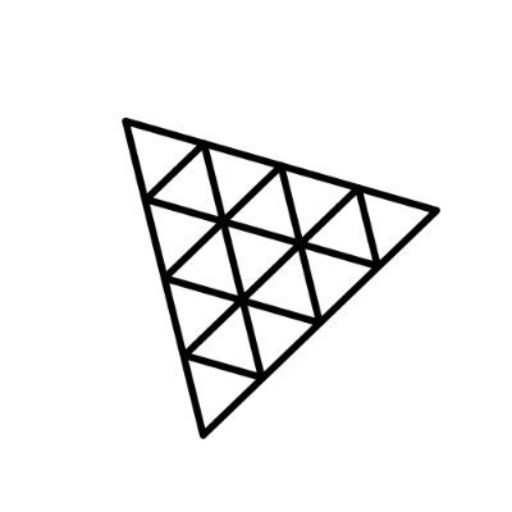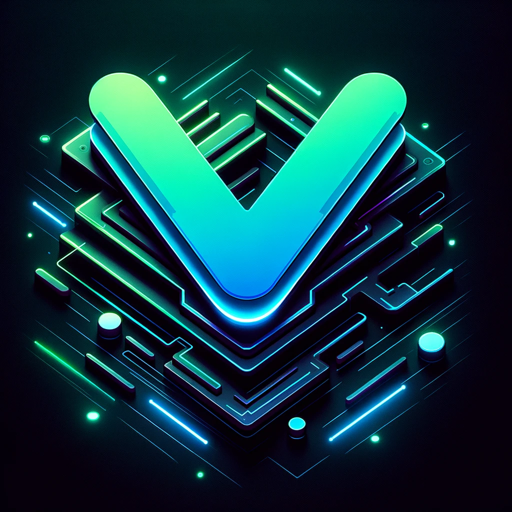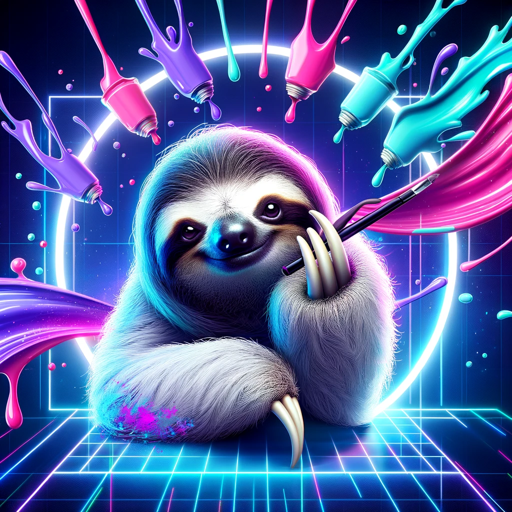ThreeJS-3D graphics for web
AI-powered 3D graphics creation
⚙️ Write an awesome 3D scrolling animation
💡 Create epic lighting for my 3D scene
🪲 Find any bug or improvement in my code
💡 Teach me a useful skill or trick in Three.js
Related Tools
Load More
Three.js Mentor
A patient and knowledgeable Three.js guide.

Three JS Development

Vue3.js Helper
Expert in Vue3, Javascript and Typescript, Tailwinds, CSS, SASS.

JavaScript Guru
Master Class - Teaching and creating code examples.

p5.js
p5.js coding assistant, direct and concise

Vue3 Expert
Vue3 expert, clear and technical with <script setup>.
20.0 / 5 (200 votes)
Introduction to Three.js
Three.js is a popular JavaScript library used to create and display animated 3D graphics in a web browser. It simplifies the complexity of WebGL (Web Graphics Library), which is the underlying technology for rendering 3D graphics on the web. By providing a more user-friendly API, Three.js enables developers to create stunning 3D visualizations, animations, and interactive applications without needing to delve deeply into the low-level WebGL code. The library offers a wide range of features including geometries, materials, lights, shadows, textures, and cameras, making it a comprehensive tool for 3D graphics development. For instance, using Three.js, developers can create immersive 3D environments for virtual reality applications, visual data representations, games, architectural visualizations, and more.

Main Functions of Three.js
Rendering
Example
The WebGLRenderer class is used to render the scene using WebGL.
Scenario
In an online 3D game, WebGLRenderer can be used to render the game environment, characters, and objects in real-time, providing a smooth and immersive experience for the player.
Geometries and Materials
Example
Using BoxGeometry and MeshBasicMaterial to create a simple cube.
Scenario
In architectural visualization, different geometries and materials can be used to model buildings, interiors, and landscapes, allowing architects and clients to explore and interact with the design in 3D before construction.
Animations
Example
The AnimationMixer class controls animations on 3D models.
Scenario
For an animated 3D character in an educational application, AnimationMixer can manage the character's movements, expressions, and interactions, enhancing the learning experience through engaging and dynamic content.
Ideal Users of Three.js
Web Developers
Web developers who want to add 3D graphics to their websites can benefit from Three.js due to its simplicity and powerful features. It allows them to create interactive and visually appealing web applications, such as 3D product showcases, data visualizations, and virtual tours.
Game Developers
Game developers can leverage Three.js to create browser-based 3D games. The library's support for complex geometries, realistic materials, and smooth animations makes it an excellent choice for developing engaging and visually impressive games that run directly in the browser without the need for plugins.

Getting Started with ThreeJS
Step 1
Visit aichatonline.org for a free trial without login, also no need for ChatGPT Plus.
Step 2
Install the ThreeJS library via npm using the command `npm install three` or download it from the official website.
Step 3
Set up a basic HTML file with a canvas element where ThreeJS can render the 3D graphics.
Step 4
Initialize a ThreeJS scene, camera, and renderer in your JavaScript file. Add objects like geometries and lights to the scene.
Step 5
Animate your scene by creating a render loop, updating object positions, and re-rendering the scene for each frame.
Try other advanced and practical GPTs
ALPHA Christopher Delgado
Your Hybrid AI for Life's Needs

《重生之我在韩国当翻译》
AI-powered Chinese-Korean Translator

Commercial Real Estate Analysis GPT
AI-Powered Commercial Real Estate Analysis

Slothful Artist
AI-Powered Art Creation for Everyone

Ignite My Headline
Transform Headlines with AI Precision

TronicTrends & Vivenda
AI-Powered Insights for Tech and Home

CTI Assistant
AI-powered insights for seamless call center operations

[<>]
AI-powered solutions for every need
![[<>]](https://files.oaiusercontent.com/file-5RJX6TtzLs5rrgjptf5ozqHW?se=2124-02-07T14%3A29%3A31Z&sp=r&sv=2021-08-06&sr=b&rscc=max-age%3D1209600%2C%20immutable&rscd=attachment%3B%20filename%3Deye23.png&sig=UzD7%2Bb5ohF7DFqmbgPe3A6yL/Pm8ef4za9UYR8XjyFg%3D)
Mendix Mentor
AI-powered insights for your queries

PWPTM
AI-Powered Wrestling Insights and Support

PFA Latent Space Agents
AI-Powered Solutions for Every Task

Keyword Assistant
AI-powered keyword insights for SEO

- Game Development
- Data Visualization
- 3D Modeling
- Interactive Graphics
- WebVR
Common ThreeJS Questions and Answers
What is ThreeJS?
ThreeJS is a JavaScript library that makes it easy to create 3D graphics for web applications, using WebGL under the hood.
How do I add a texture to a 3D object in ThreeJS?
First, load the texture using the `THREE.TextureLoader`, then apply it to the material of your 3D object. For example: `const texture = new THREE.TextureLoader().load('path/to/texture.jpg'); const material = new THREE.MeshBasicMaterial({ map: texture });`.
Can ThreeJS be used for VR experiences?
Yes, ThreeJS supports WebXR and can be used to create virtual reality experiences that run directly in the browser.
What are the basic components of a ThreeJS scene?
A basic ThreeJS scene consists of a scene object (`THREE.Scene`), a camera (`THREE.PerspectiveCamera`), and a renderer (`THREE.WebGLRenderer`). You can then add objects like meshes, lights, and controls.
How can I improve the performance of my ThreeJS application?
To improve performance, minimize the number of draw calls, use efficient geometries and textures, optimize lighting, and leverage Level of Detail (LOD) for distant objects.